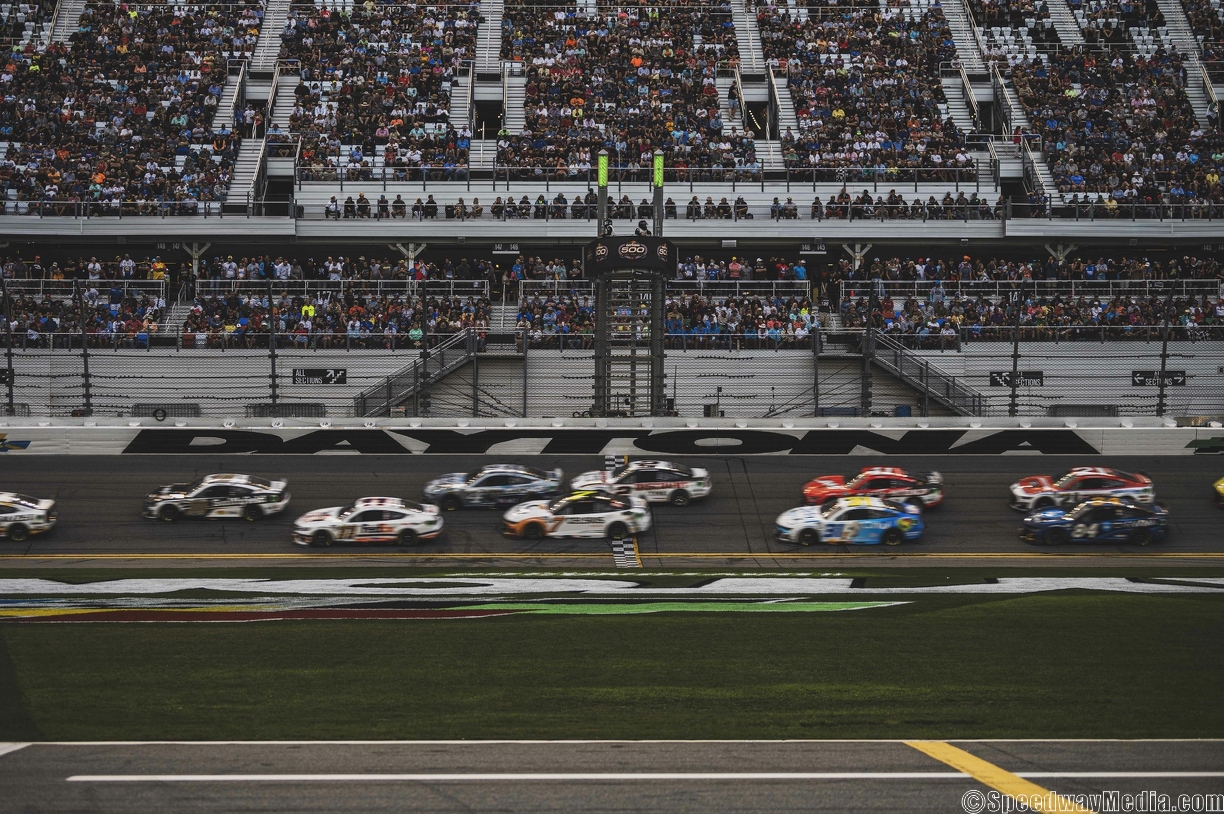Automobile seals are often an afterthought when considering automobile maintenance and repair. Good, undamaged seals are crucial for the functioning and safety of various automobile components, including the transmission, suspension, brakes, and engine. Damaged seals can easily cause massive leaks, damage to the engine, or even brake failure. Seals are responsible for a multitude of functions, including the following:
- Enhancing the safety of the vehicle
- Preventing leakages
- Improving overall performance
- Reducing wear and tear
Read more about this here, or continue reading to learn about the various types of automobile seals, their function, and how to replace them safely.
O-rings
O-rings are the most common type of seal found in many of your automobile’s components. Like most seals, the primary purpose of an O-ring is leak prevention by sealing the excess space between two sections. You will find O-rings within air conditioning, fuel injection systems, and anything involving liquids. Disassembly and installation of an O-ring are typically easy and only require essential tools or none whatsoever.
Oil Seals
The function of an oil seal is quite simple, seal the oil inside the vehicle and prevent leaking. A proper undamaged seal prevents costly leaks and ensures that the engine does not have unexpected wear. Replacing an oil seal varies in difficulty, depending on the component and its accessibility. To replace an oil seal, you will need to drain the oil out of the component and use a flathead screwdriver to remove the old seal. Once the old seal is removed, clean the housing and install the new seal, ensuring it is properly seated. The components that require oil seals are the following: engine, transmission, differential, wheel hub, steering system, axle shaft, and transfer case.
Hydraulic Seals
Hydraulic seals are found inside systems that require hydraulics, like power steering and brakes. Proper maintenance of hydraulic seals is necessary because leaks can cause a loss of pressure in the system. This pressure loss can cause total failure of the power steering or brakes, resulting in loss of control of the vehicle. Maintenance on hydraulic seals requires some knowledge of your car and is better left to professionals. Diagnosing a faulty hydraulic seal will require you to identify the failing component and have the tools to remove the part to gain access to the seal. The components that use hydraulic seals are brake systems, power steering systems, transmission, and hydraulic lift systems.
Wiper Seals
Wiper seals are essential components in hydraulic systems and sliding shafts as they prevent potential contaminants such as dust, particles, and liquids from entering the system. These seals can be either flexible, typically made of polyurethane, or rigid with a metal frame. Positioned outside the barrel of the hydraulic cylinder, wiper seals work by scraping impurities off the sliding shafts and preventing external contaminants from infiltrating the hydraulic cylinder. Without these seals, impurities could enter the cylinder and the hydraulic system of your vehicle via the moving piston rod. Hence, wiper seals play a crucial role in maintaining the efficiency and longevity of hydraulic systems.
Conclusion
Seals are essential for your automobile’s maintenance. Faulty seals can cause costly leaks or massive disasters such as total loss of control. When performing routine maintenance on your vehicle, ensure your seals are functioning properly and replace them if there is an issue. If you have any doubts about performing such maintenance on your own, ask or hire a professional to do it for you.







